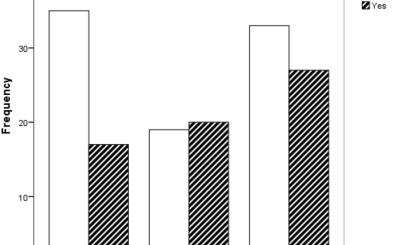Many gig workers find it challenging to save for retirement due to irregular income from freelance work.
GiG workers typically lack access to employer-sponsored pension plans and other workplace benefits that help savers save for retirement, making saving an arduous task. But there are ways for gig workers to overcome such hurdles.
Managing Money
Gig work offers freedom and flexibility; however, many workers are finding that it also presents financial challenges – including irregular income sources and tax complexities.
Gig workers don’t always enjoy the same benefits as traditional employees in terms of having a retirement plan built into their compensation package, but that doesn’t mean that they cannot save for their retirement.
One way of doing this is to set up automatic transfers from their checking account into their retirement accounts each month – this will make savings more consistent, helping ensure it will always be available when needed.
Another strategy is prioritizing debt repayment as much as possible. Clearing away high-interest debt will free up more of your income for savings goals and build confidence for future plans. For help tackling debt, consult a trustworthy and qualified professional about available solutions.
Defining Your Retirement Goals
Gig workers don’t usually receive the workplace retirement plans and benefits that full-time employees do, making saving for retirement more challenging. But the Secure 2.0 Act could offer help.
Assembling financial plans that take into account an individual’s goals and needs – including health care costs – is crucial. Gig workers could also take advantage of Health Savings Accounts (HSAs), which allow tax-deducted contributions and tax-free withdrawals for qualified health expenses.
People working in the gig economy should strive to save as much as possible during lean times. Furthermore, an emergency fund should be created as soon as possible in case of any financial setbacks that require their expenses being covered immediately. Regular reviews should also take place so adjustments may be made as needed in terms of retirement savings strategies; once complete these strategies can help put gig workers’ retirement dreams within reach with some creativity and planning – an investment worth making!
Embracing Innovative Retirement Options
Saving for retirement may seem impossible for gig workers who lack workplace retirement options and a steady income, yet this does not preclude them from taking steps to address this issue.
SEP-IRAs for self-employed individuals provide special retirement accounts that enable you to contribute up to $5,500 annually towards your account and, if you are 50 or over, an extra catch-up contribution of $1,000 can be made each year.
There are other investment vehicles with flexible contributions, like an IRA. This can be especially helpful for nontraditional workers lagging behind due to fluctuating income or short-term expenses; additionally, a new federal law encourages low-income workers to save more through workplace and individual retirement accounts with government matching contributions – although that feature won’t take effect until 2027).
Regularly Reviewing Your Financial Situation
No matter if you work as a freelancer, part-time employee, or have a traditional full-time job – it’s crucial that you regularly assess and implement strategies to reach your retirement goals. You may need to reduce spending or increase savings amounts so as to provide yourself with a comfortable lifestyle once retirement arrives.
Many people turn to gig work as a means of supplementing their income or discovering new opportunities, often enjoying its flexibility in setting hours, working for different clients and travelling.
However, research has demonstrated that the quality of life among gig workers depends heavily upon their financial management skills and schedule control. Planning can be especially difficult since their projects could experience interruptions that delay earnings; so it’s wise to carefully consider any new income sources before jumping in headfirst.










